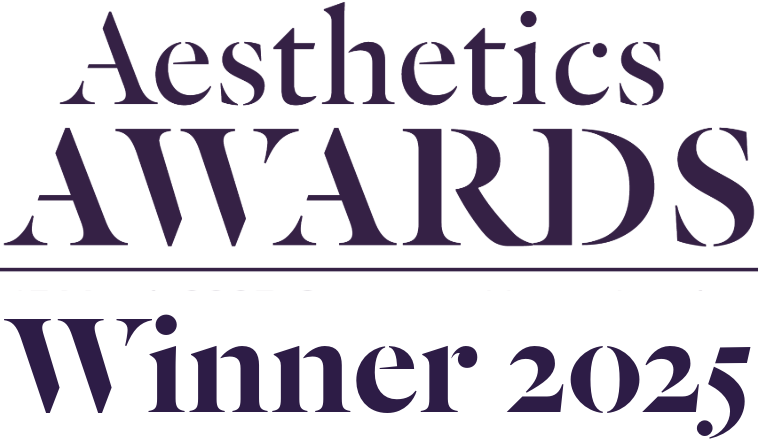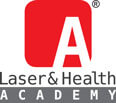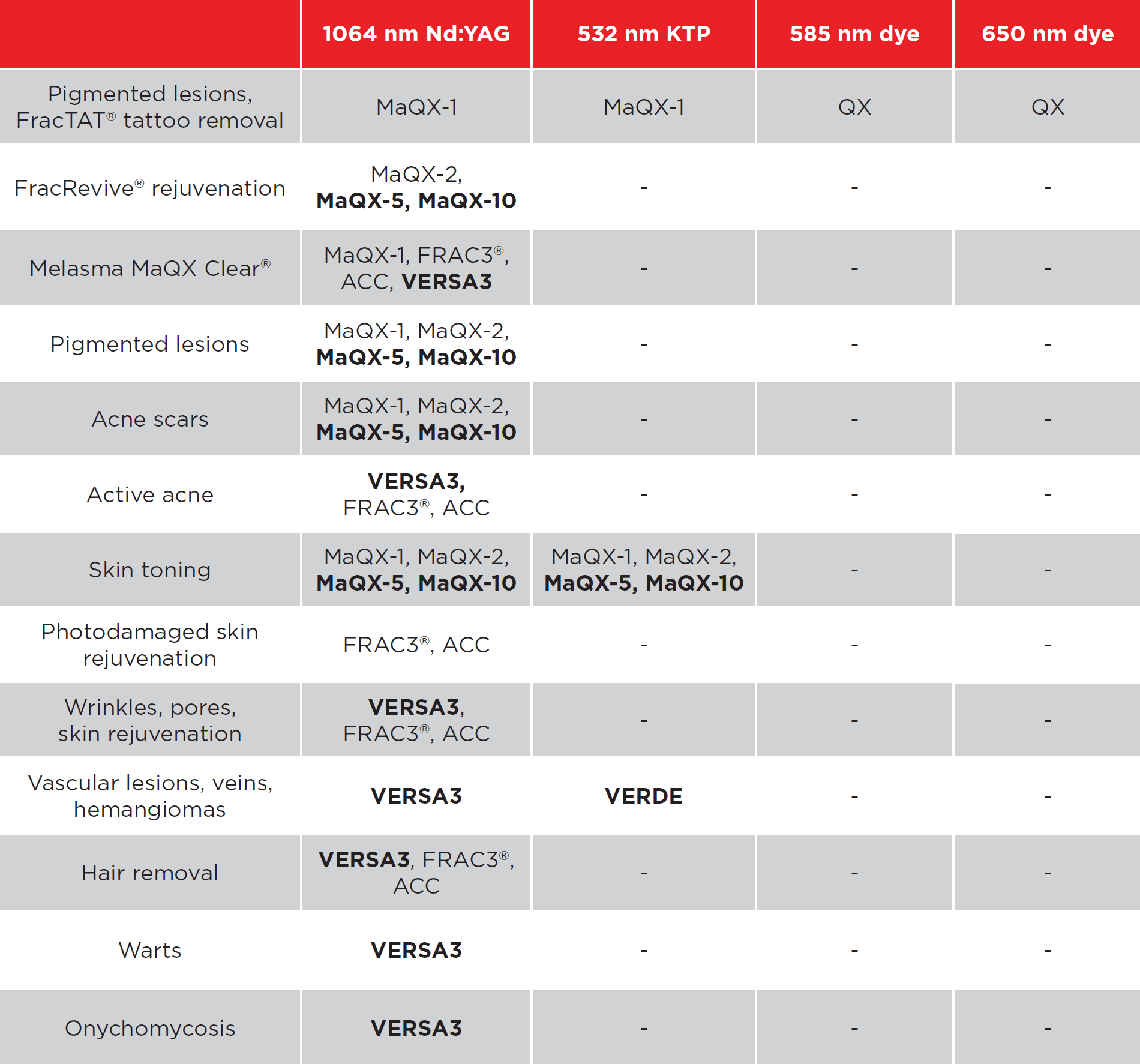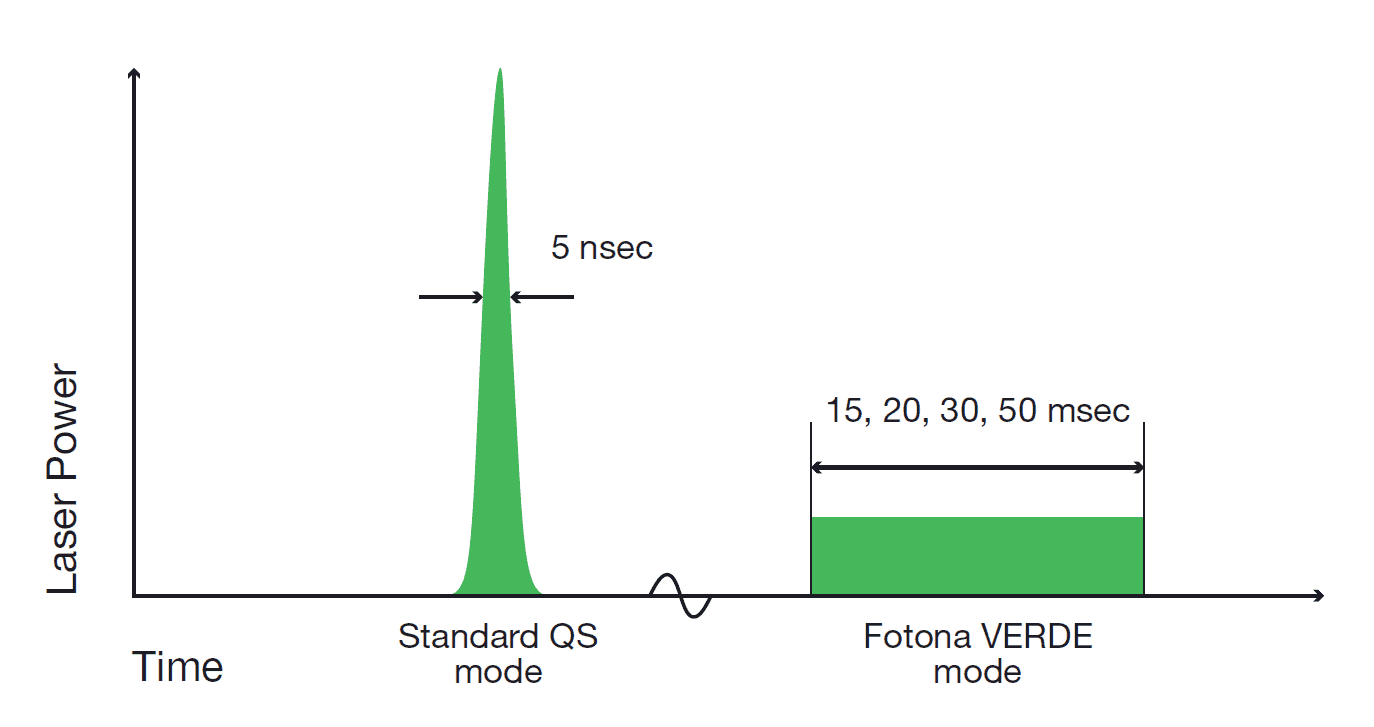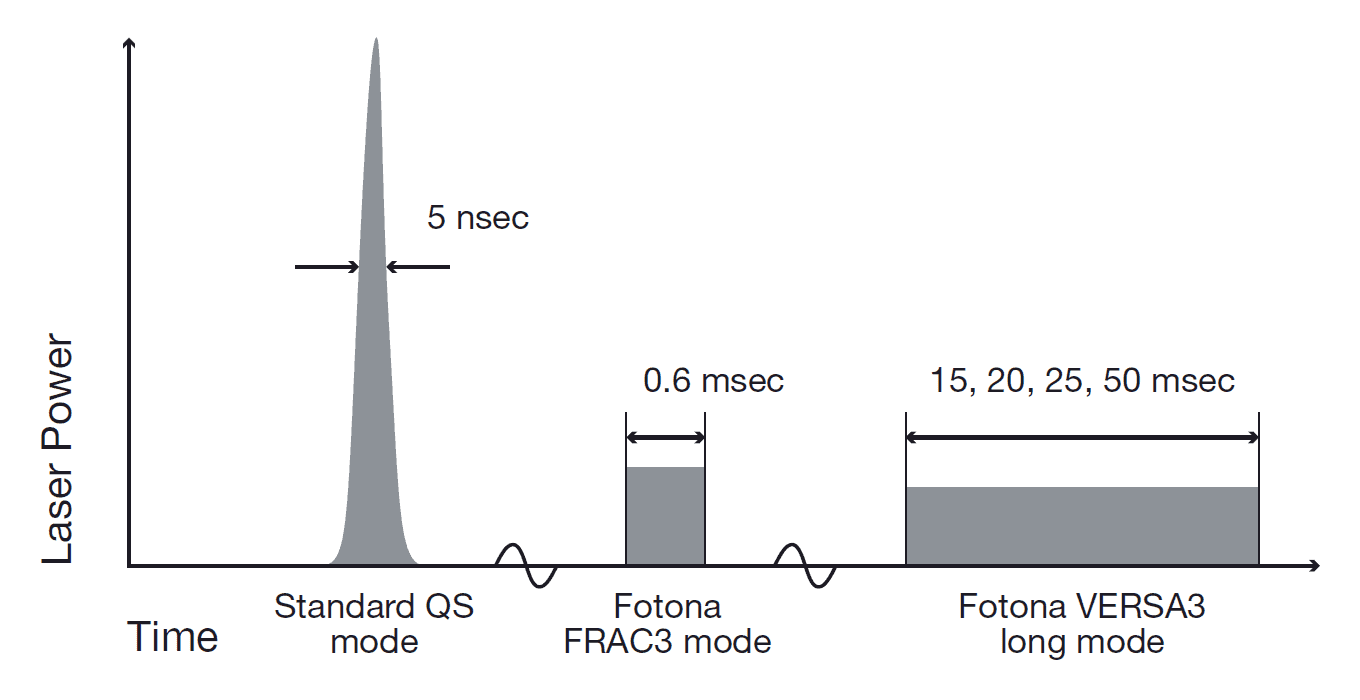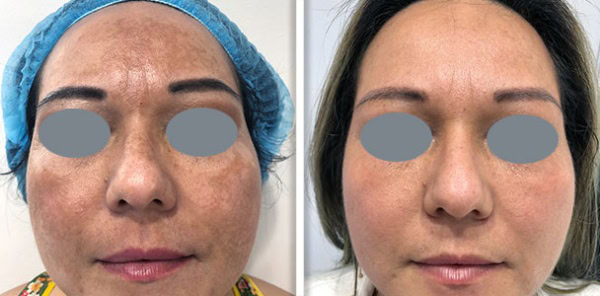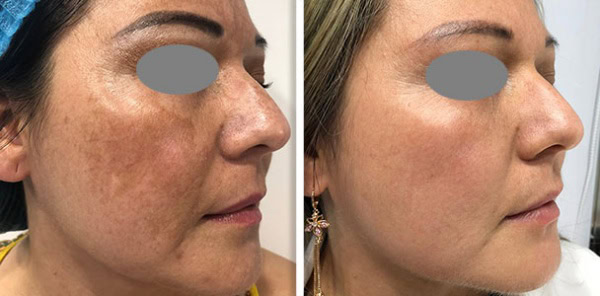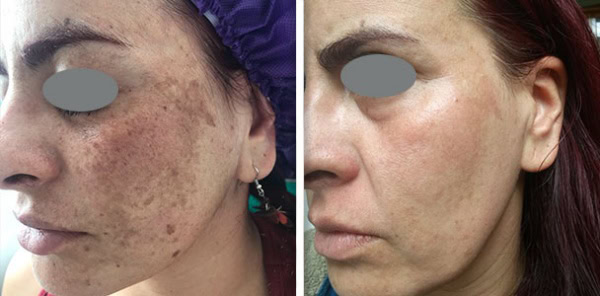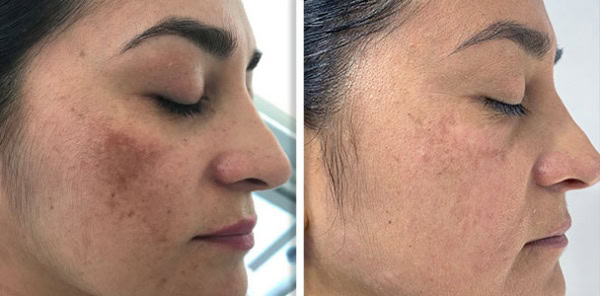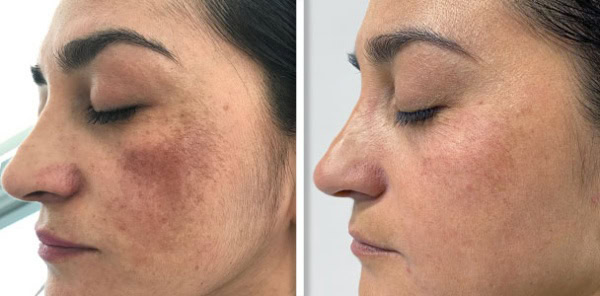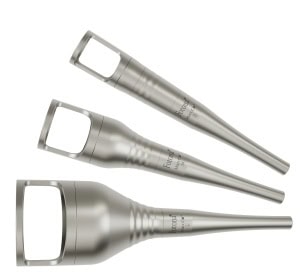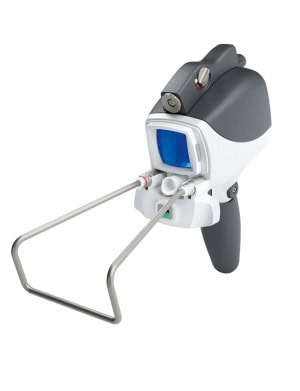Nowadays , in the field of quick beauty dermatology, two are all the rage: Fotona Laser and Advanced Light Therapy (ALT). Both are surgery-free, FDA-approved treatment procedures used to revive all types of skin ailments such as aging, acne scars, pigmentation, and all-around rejuvenation. But both work in wildly different manners—and have different results depending on the situation.
How Fotona Laser Works
Fotona is a future-generation laser system utilizing dual wavelengths—Er:YAG and Nd:YAG—to act on both the superficial and deep layers of the skin. Fotona Laser facilitates treatments from light resurfacing to deep reorganization of collagen. It is a jack-of-all-trades machine widely utilized for treatments like:
(a) Fotona 4D (non-surgical facelift)
(b) LipLase (augmentation of lips)
(c) SmoothEye (lifting of periocular area)
(d) NightLase (snoring reduction)
(e) Acne and scar treatment
(f) Tightening and texturizing
The advantage of Fotona is that it will stimulate elastin and collagen production in the deeper dermis. Because of this fact, it’s appropriate for long-term contraction of the skin and aging.
Getting Acquainted with Advanced Light Therapy
Advanced light therapy includes therapies such as IPL (intense pulsed light), LED therapy, and BBL (broadband light). Unlike laser treatments, the therapies involve the use of broad-spectrum light on the skin. They are less invasive with zero to little downtime and most appropriate for surface concerns such as:
(a) Sunspots and hyperpigmentation
(b) Rosacea and vascular lesions
(c ) Disbalanced and blotchy complexion
(d) Fine lines and surface textural issues
(e) Acne and redness
LED therapy is best known to be in large part associated with calming, anti-inflammatory properties. At the same time, IPL and BBL are most typically used for “photo facials” that cleanse the complexion.
Major Differences in Technology and Impact
The greatest difference is the specificity and depth. Fotona, as a laser, is depositing intense energy deep within the skin. It’s very versatile and provides more dramatic results in fewer treatments—i.e., loose skin, wrinkles, and deep acne scars. ALT, on the other hand, addresses broader areas of skin with more diffuse energy, beneficial for pigment correction and subtle rejuvenation, but typically more treatments are needed to maintain effects.
Clinical Comparison and Research Findings
A 2022 study that appeared in the “Journal of Cosmetic and Laser Therapy” compared Fotona 4D with IPL treatment and found that treatment with Fotona enhanced collagen and skin elasticity after 12 weeks. A study in Lasers in Medical Science concluded that IPL significantly reduced melasma, redness, and spider veins in fairer-color-skinned individuals.
They are both safe procedures, though there is a risk that IPL will need to be treated extremely carefully when dark skin types are involved because one of the complications is post-inflammatory hyperpigmentation. The Fotona laser can be more accurately calibrated between the various skin types and thus is best for complex combinations of the two. Advanced light therapy from the patient’s point of view is really less painful and even likened to a soft flash or warm snap on the skin. Most are able to resume normal activity immediately.
Fotona treatments are a bit more uncomfortable—particularly where ablative modes are used—but most are also non-surgical, and minimal redness is the only after-effect. Fotona collagen stimulation also takes longer. 3–4 treatments may yield 12–18 months of benefits, but ALT treatments involve follow-up treatments repeated (every 3–6 months).
Which Treatment Is Best for You?
Your decision is ultimately based on your personal skin concerns and treatment goals. Here is the summary:
(a) Select Fotona Laser if you desire deep collagen remodeling, non-surgical firming, or long-term correction of texture, scars, or sagging.
(b) Opt for advanced light therapy if redness, pigmentation, or that no-downtime, light treatment with that immediate glow is your top priority.
Conclusion
Advanced light therapy and Fotona laser both accomplish much and are never better. Rather, they treat various skin issues and desires. Even spas provide combination protocols—treating overall rejuvenation with both modalities at the same time.
Prior to undergoing a decision on treatment, consult a licensed dermatologist or aesthetician who can evaluate your type of skin, issues, and tolerance for downtime. Done correctly, each procedure—or both combined—can soften, lighten, and rejuvenate the look of your skin.
FAQs
Q: How is Fotona different from advanced light therapy?
A: Fotona employs state-of-the-art laser technology (Er: YAG and Nd: YAG) that attacks deep and superficial skin layers to guarantee precision in treating widespread concerns. Innovative light therapy, like IPL (Intense Pulsed Light) or LED therapy, applies broad-spectrum light to cure skin conditions but doesn’t penetrate as deeply and isn’t as focused as laser treatment.
Q: What treatment is best at tightening skin?
A: Fotona is generally better at skin tightening because it can penetrate deeper layers of the skin using controlled heat, stimulating collagen production. Light treatments such as LED or IPL are less intense and can provide minimal tightening in the long run, but they are not as effective.
Q3: What treatment is more effective against acne and acne scars?
A: Blue and red LED light therapy and also more sophisticated light therapies could be useful for decreasing active acne by preventing bacteria and inflammation. Yet, Fotona provides more extensive results for acne scars and deep skin reorganization due to its fractional resurfacing property.
Q: Is Fotona or light therapy better for pigmentation and sun damage?
A: IPL (a type of advanced light treatment) performs beautifully on pigmentation, sunspots, and vascular lesions. These may be treated by Fotona, too, but are often reserved for more resistant or deeper pigmentation problems.
Q: Which treatment has less downtime?
A: More advanced light treatments, particularly LED, typically have little or no downtime. Fotona treatments vary from little to moderate downtime based on the strength and type of treatment (e.g., SmoothLiftin vs. laser resurfacing).
Q: How many sessions are needed to notice results?
A: Light therapy could need more intensive sessions (e.g., 6–10) before noticeable visual improvement is seen. Fotona typically has fewer sessions with results (3–5), although this is based on the skin being treated.
Q: Which is the more comfortable treatment?
A: Light therapy treatments are extremely painless for the majority of patients. Fotona treatments are slightly uncomfortable based on intensity
Q: Are the outcomes from Fotona or light therapy permanent?
A: Both treatments have long-term effects with the right skincare regimen, but both typically require maintenance. Fotona’s effect lasts longer because it creates structural changes in the skin.
Q: Is one treatment safer than the other?
A: Both are safe when performed by a qualified technician. Fotona is technically more demanding because of its power level, whereas light therapy is gentler and safer for most skins.
